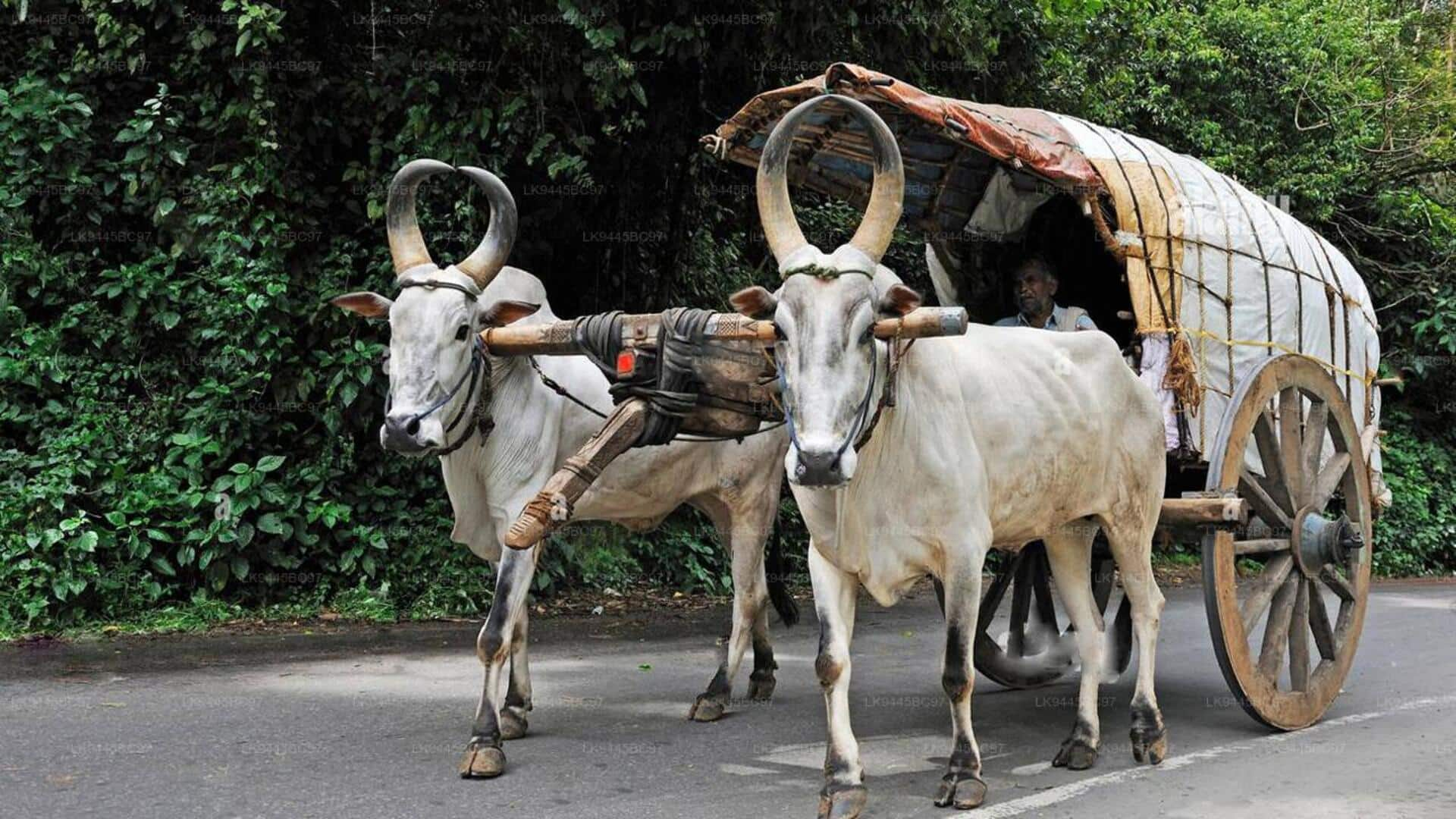
Bullock carts: 5 interesting facts you didn't know
What's the story
Bullock carts have been an integral part of rural life in India for centuries, serving as a primary mode of transport and a symbol of traditional agriculture. These simple yet efficient vehicles are pulled by bullocks and have been adapted to meet the needs of local communities. Despite modern advancements, bullock carts continue to hold cultural and practical significance across the country. Here are five unique aspects of India's bullock carts that highlight their enduring legacy.
#1
Varieties across regions
Bullock carts come in different shapes and sizes, depending on the region's geography and requirements. In western India, for example, they are built to carry heavy loads over long distances. In southern states, they are lighter and more maneuverable, ideal for narrow lanes. Each design reflects the ingenuity of local craftsmen and the cart's purpose.
#2
Economic impact on rural communities
Bullock carts also play an important role in the rural economy. They are used for transporting goods such as grains, vegetables, and firewood, which helps local farmers save on transport costs. Many families rely on bullock cart services as a source of income or livelihood support. The affordability and low maintenance make them an attractive option for many rural households.
#3
Environmental benefits
Given that bullock carts are pulled by animals, they are a sustainable mode of transport. They don't emit harmful pollutants like motorized vehicles do, making them an eco-friendly option for short-distance travel. This aligns with the growing global interest in sustainable practices and offers a viable alternative to modern transportation methods in rural areas.
#4
Cultural significance in festivals
Bullock carts also have cultural significance in India, especially during festivals and fairs. They are often decorated with colorful ornaments and used in parades or processions, showcasing traditional art forms. This not only preserves cultural heritage but also brings communities together in celebration of shared traditions.
#5
Challenges faced by bullock cart owners
Despite their benefits, bullock cart owners face challenges such as rising costs of feed and veterinary care for the animals. Additionally, there are concerns about animal welfare and ensuring that bullocks are treated humanely while working. Addressing these issues is crucial to sustaining this traditional practice amid changing economic conditions.